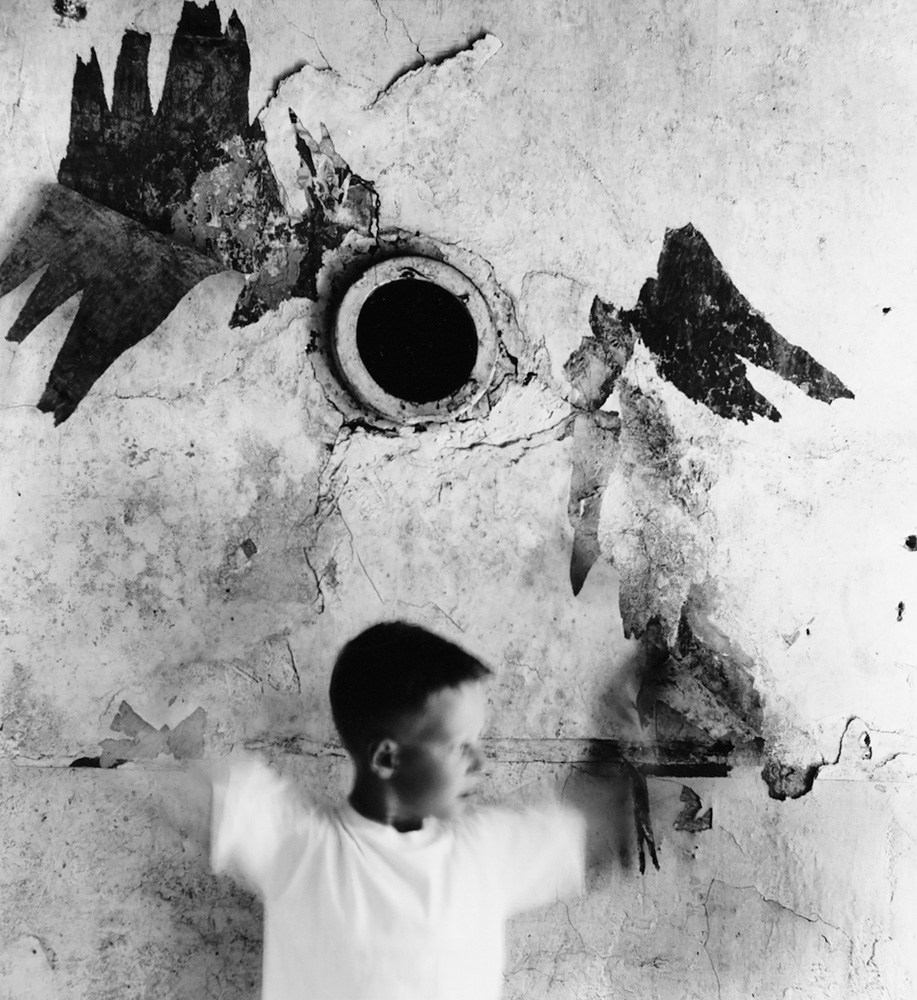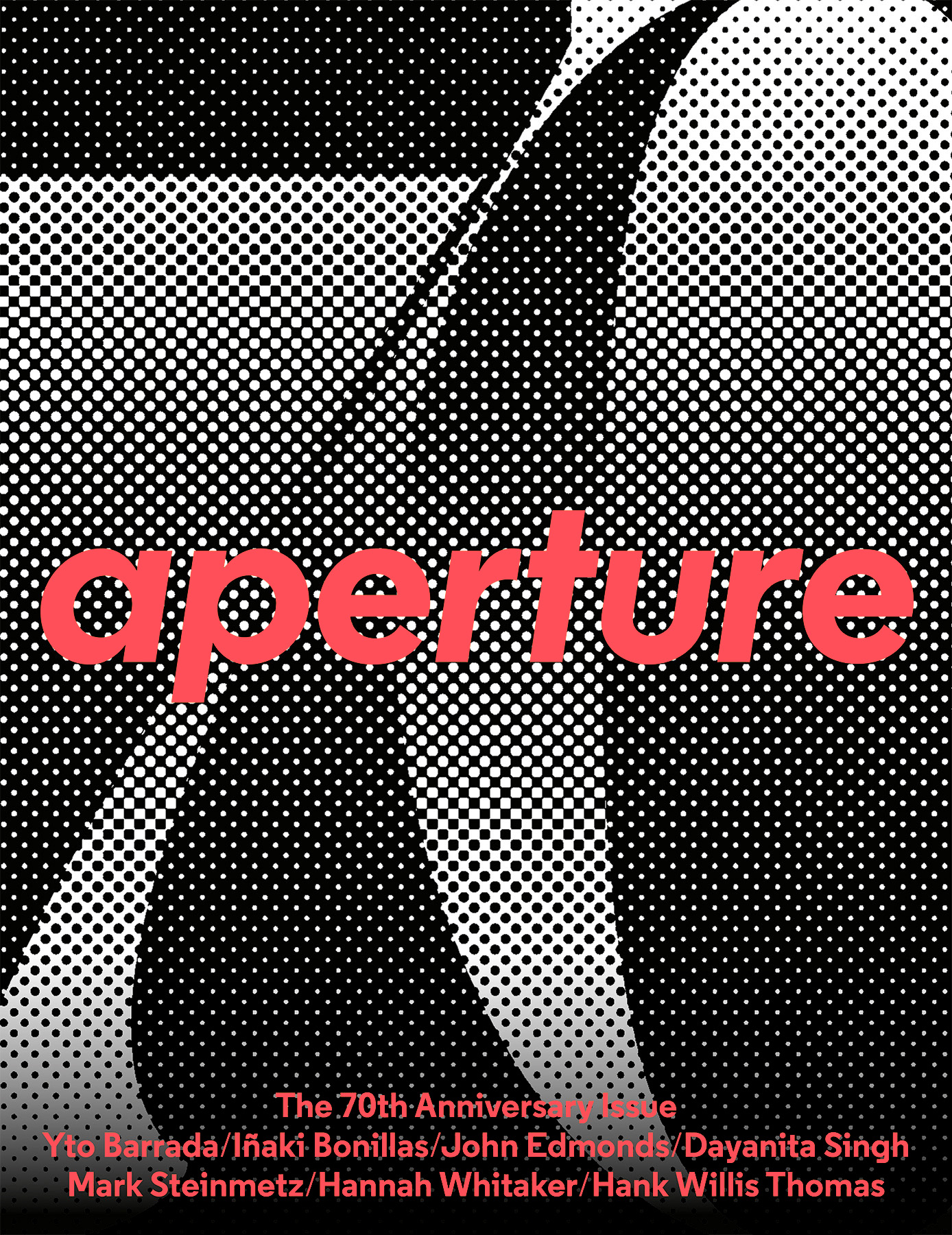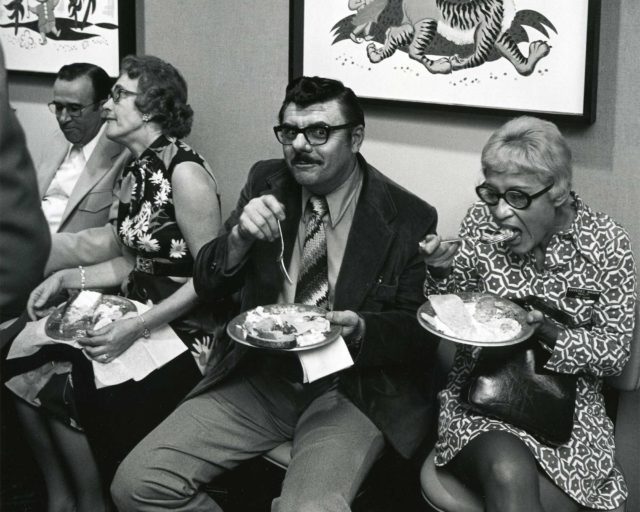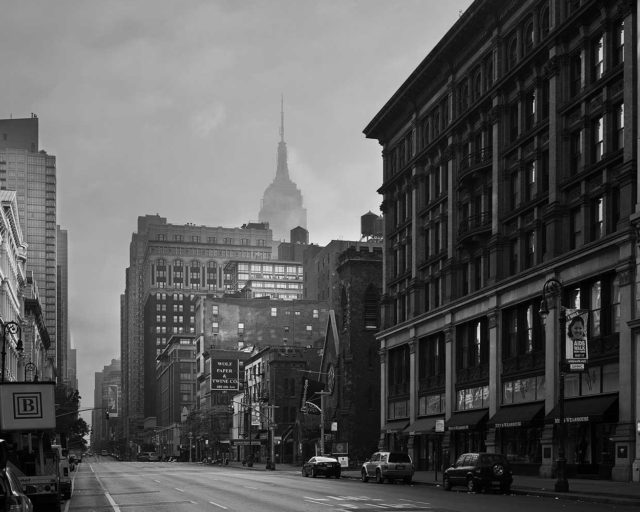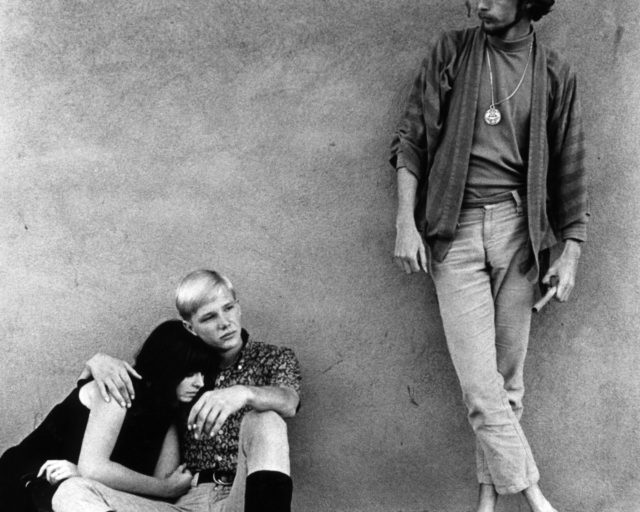Ralph Eugene Meatyard, Untitled, 1960, from Aperture, Summer 1974
© The Estate of Ralph Eugene Meatyard and courtesy Fraenkel Gallery, San Francisco
I was born in 1958, and now, all these donkey’s years later, am more conscious than ever of how my consciousness was shaped by the world as it existed before I became a part of it: by the England of just-passed austerity, of rationing (which only came to a complete end in Britain in 1954), of World War II, and, going further back, of my parents’ experiences of growing up in the 1930s. So? What on earth has that got to do with Aperture and photography?

© Eggleston Artistic Trust and courtesy David Zwirner
I became interested in photography in the late 1980s and early 1990s, and looking at these old issues of Aperture, I see how much my sense of photography was a direct consequence of what was happening before then, in the 1970s. Photographers were busy taking photographs, making work, but interesting photographs are always being taken, great work is always being made, whatever the decade. In the ’70s, though, photography was being examined and defined in a way that harked back to Alfred Stieglitz’s pioneering inquiries into—and tireless lobbying on behalf of—the “idea photography” at the beginning of the century.
Books by Susan Sontag, John Berger, and Roland Barthes (whose Camera Lucida was published in French in 1980) were intended for the intellectually curious general reader rather than the specialist, and certainly not for practicing photographers. As Tod Papageorge later remarked, “Garry Winogrand never read Roland Barthes, and found whatever he’d seen of [Janet] Malcolm’s and Sontag’s original articles about photography in the New Yorker and the New York Review of Books grimly laughable.” (How about photography curators? Well, there weren’t many back then, a point we’ll return to shortly.) These back issues of Aperture show the cultural texture and grain of the times, the work being done at the coal face of photographic life. As revealed in discussions and portfolios of documentary photography, color photography (as exemplified by William Eggleston), snapshot aesthetics, and so on, what we see, close-up and from a distance (of forty to fifty years), is a landscape of awareness.

Courtesy the David M. Rubenstein Rare Book & Manuscript Library, Duke University
The Spring 1978 issue features a review of Mirrors and Windows, an exhibition organized by John Szarkowski, head of the Museum of Modern Art’s department of photography. It was not until I went to the Center for Documentary Studies at Duke University to work on William Gedney, in the mid-’90s, that I began to understand who—and how influential a figure—Szarkowski was. But I had been unconsciously in thrall to him before then. I think of my idea of photography as having been shaped by Berger and Sontag, but behind the scenes, it was Szarkowski who promoted certain photographers (including Gedney, for a while), and certain kinds of photography, at the expense of others. While Berger and Sontag were writing about the act of looking, they were also passive recipients of prior choices, or, as Marx famously put it, they did not make their choices “under self-selected circumstances, but under circumstances already existing, given and transmitted from the past.” The kind of photographs they were looking at had, to a large extent, been actively determined by Szarkowski. It was Szarkowski, more than anyone else, who had assembled the material or evidence on which crucial parts of their cases would rest. (Barthes was less susceptible.)
There was, of course, a certain amount of “conceptual” photography around in the ’70s, a somewhat redundant formulation since photography is such an interesting concept in itself.
Broadly speaking, and at the risk of relying on an instructively unsustainable distinction, Szarkowski favored photographers who saw themselves as photographers rather than as artists using a camera (to employ the currently preferred job description). The paradox, embodied by Eugène Atget, is that if they were artists, that was because of their single-minded dedication to photography.
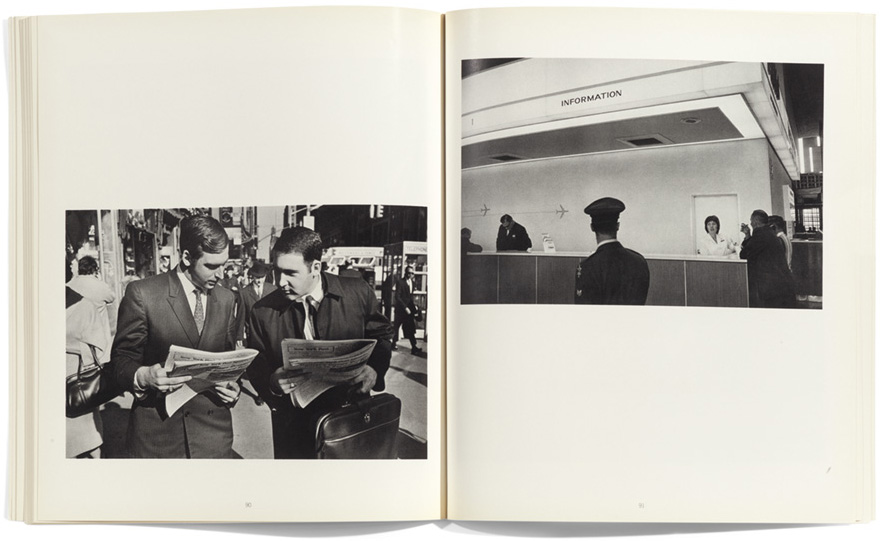
There was, of course, a certain amount of “conceptual” photography around in the ’70s, a somewhat redundant formulation since photography is such an interesting concept in itself. Winogrand, ostensibly the least conceptual of photographers, showed enough philosophical nous to keep any seminar room awake—the best one can hope for in such airless environs—when he said that if you photograph in Texas a lot then your pictures are going to look a lot like Texas. It was in the ’70s, also, that prints started to become valuable, an unexpected source of revenue for photographers and another factor in the tilt—steeper now than it’s ever been—away from journalism or documentary and toward art. In this way, the ’70s point to the future, when Enrique Metinides’s pictures of car crashes and other catastrophic mishaps, originally taken to satisfy the sensational hunger of mass-market Mexican tabloids, would be shown in galleries for the more refined, scarcely less rapacious market of collectors’ homes. But the decade of the ’70s was also a time when there was a concerted looking back in the other direction: a strongly felt, vigorously articulated, carefully navigated exploration of tradition, not as mausoleum but in the process of constant formation.
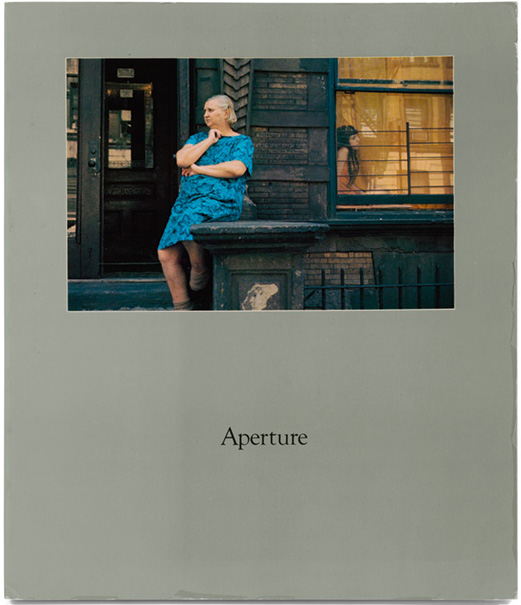

Viewed in this light, Ralph Eugene Meatyard, the subject of Aperture’s Summer 1974 issue, is an entirely distinctive figure, simultaneously pivotal and enduringly marginal. An optician by trade, Meatyard conducted experiments in seeing that were consistently at odds with any ideal of twenty-twenty vision. The lenses he prescribed—and dispensed in the form of prints—had the unusual and pleasantly disturbing effect of articulating a form of spooky night vision in the broad daylight of Kentucky. To us now, his work seems, in equal measure, haunted by future ghosts (Francesca Woodman’s, most obviously) and blurrily indebted to the interior metaphysics of Walker Evans: “It’s as though there’s a wonderful secret in a certain place and I can capture it,” Evans said. “Only I, at this moment, can capture it, and only this moment and only me.”
While Meatyard insists on being seen, quite literally, as an eccentric, Evans’s centrality in any account of American photography is indisputable. On the occasion of the photographer’s 1971 retrospective at MoMA, Szarkowski wrote that “Evans’ work is rooted in the photography of the earlier past, and constitutes a reaffirmation of what had been photography’s central sense of purpose and aesthetic: the precise and lucid description of significant fact.” This statement has the force of an archaeological discovery, a Rosetta stone that was never hidden or lost, merely taken for granted and, thereby, easily overlooked. It is also a yardstick by which to assess what is going on in photography now. A single axiom can never be relied on to determine value in any medium, but Szarkowski’s has proved more reliable than anything else written about photography. It could help us today, saving a lot of time, sparing our eyes unnecessary exposure to all manner of visual froth and nonsense.
This piece originally appeared in Aperture, issue 248, “The 70th Anniversary Issue,” under the title “The Idea of Photography.”










